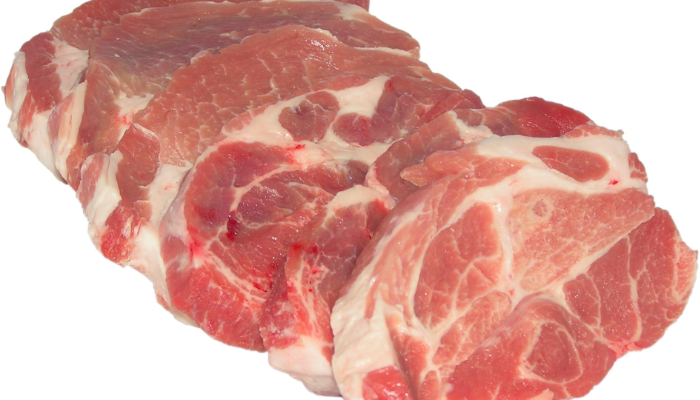As an industry playing nice doesn’t seem to be creating any advantage. Twenty raw food recalls occurred in 2018 – in only one case was illness associated with the product; the manufacturer in question was not using USDA sourced and passed meats. We could argue the facts of each of the recalls but that’s not the point of this post. This post is meant to look at the big picture – to discuss the overall advantages and disadvantages of a recall.
When the FDA contacts a raw pet food manufacturer (please note – not all Next Gen PFMA members manufacture raw diets), any food manufacturer really, the clock starts ticking and the pressure to recall is poured on. I’ve spoken to many manufacturers in this position – while the paperwork may not be right or the facts may not be clear, the perception is it’s easier to just do the recall and continue on with business. After all, the raw feeding public knows not only the risks with feeding raw diets but also understands pet food regulations are not designed to support risks inherent in raw pet food diets. So after all those considerations, it’s often easier to just do the recall and go back to producing a raw pet food diet.
However, let’s look at the other side of this argument – the other side of the proverbial coin. Issuing a recall without confirming the conditions required for recall have been met sets a precedence; that precedence is not in the manufacturer’s favor. The first precedence is that when the FDA says a recall is appropriate, their position is confirmed by the recall. Another precedence set is the perception that the manufacturer has substandard processes. This perception sets the stage for numerous repeat visits from the FDA.
In these “follow up” visits, no stone is left un-turned. Product is sampled, the environment is tested, sometimes results are slow to obtain – it begs the question of whether the original recall really made things easier.
Unless someone is sick – proven with genomic sequencing – and/or a pathogenic bacterium is present in large enough quantity to cause illness – one wonders if it’s easier to “just say no”?
I encourage all manufacturers of nutritionally defensible™ pet food to consider the big picture when deciding how to deal with a potential recall situation. Whether our member manufacturers produce a raw product or not, safety is always the most important issue, regardless of manufacturing method.
Need help weighing your options? We are here to help!


